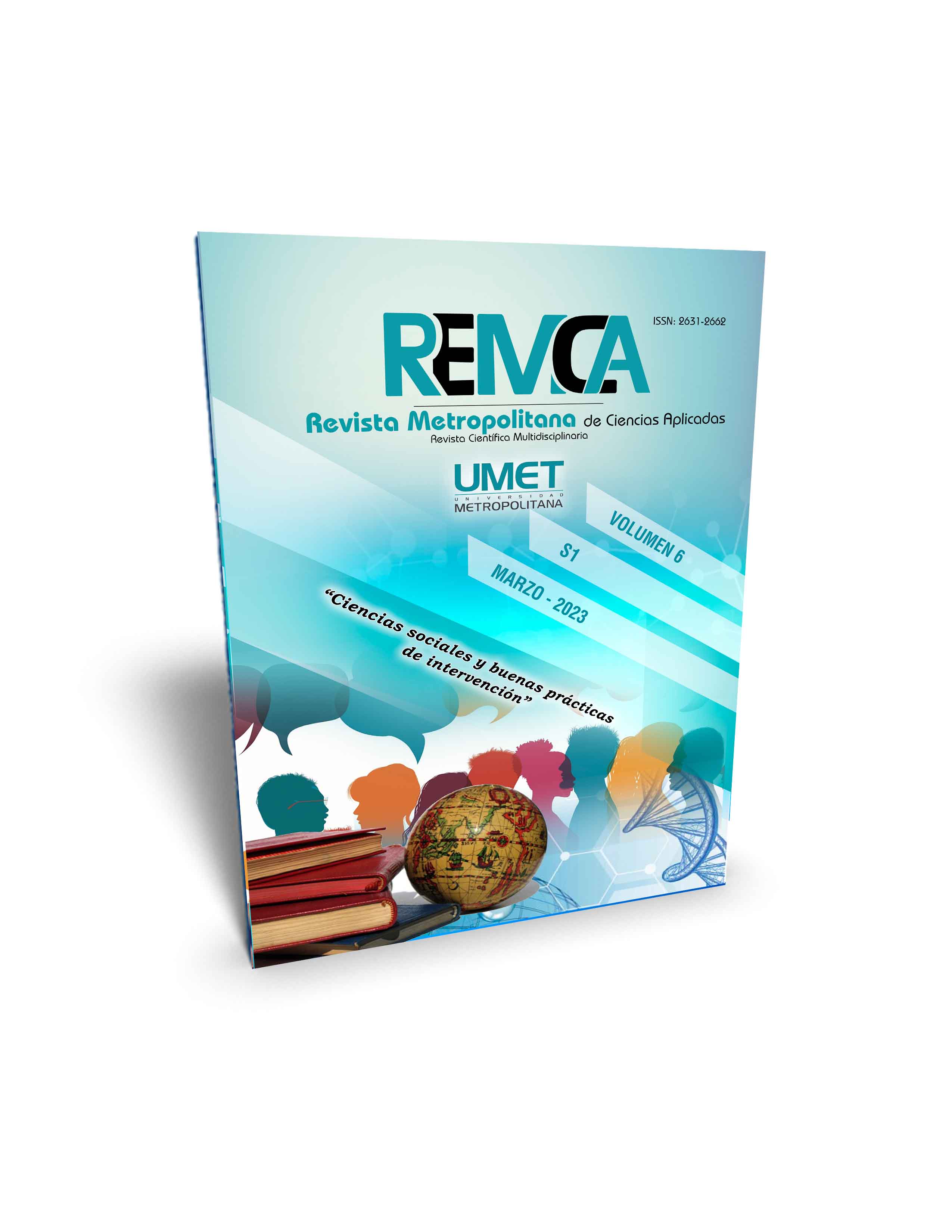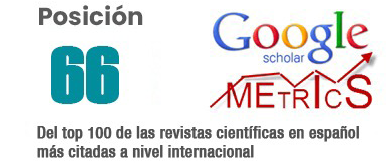Preventive prison: precautionary measure or anticipated sentence? A vision from Ecuador
DOI:
https://doi.org/10.62452/c596vn43Keywords:
Criminal process, precautionary measures, preventive detention, immediacyAbstract
Preventive detention is conceptualized as a precautionary measure, to guarantee the immediacy of the accused person at the different stages of the criminal process; It constitutes a precautionary mechanism and not social control, as has been erroneously applied in recent years in Ecuador. This article intends to analyze the scope of preventive detention, its purpose, object and normative regulation. It is necessary to take into account that the legal duty of the prosecution and the jurisdictional function, to guarantee legal certainty under special compliance with the principle of motivation; establishes the study of preventive detention in adherence to criteria of necessity, proportionality and exceptionality, as a measure of last resort. To carry out this investigation, a mixed methodology is used, through inductive - deductive methods, which show the misapplication of preventive detention in the Ecuadorian procedural system; where, in most cases, preventive detention has been established as an instrument to anticipate sentence, and not procedural precaution, distorting the true object of this extreme measure, violating the principle of innocence and the right to freedom of the prisoner accused.
Downloads
References
REFERENCIAS BIBLIOGRÁFICAS
Ecuador. Asamblea Nacional Constituyente. (2008). Constitución de la República del Ecuador. Registro Oficial 449. https://www.oas.org/juridico/pdfs/mesicic4_ecu_const.pdf
Ecuador. Asamblea Nacional. (2014). Código Orgánico Integral Penal del Ecuador. Registro oficial 180. https://siteal.iiep.unesco.org/sites/default/files/sit_accion_files/siteal_ecuador_0217.pdf
Ecuador. Servicio Nacional de Atención Integral a Personas Adultas Privadas de la Libertad y a Adolescentes Infractores. (2022). Situación Penitenciaria del Ecuador año 2022. https://www.atencionintegral.gob.ec/wp-content/uploads/2022/09/snai_pestatuto_validado_y_enviado_mdt-signed.pdf
Corte Constitucional del Ecuador. (2021). Sentencia N. 8-20-CN/21. https://www.corteconstitucional.gob.ec/index.php/novedades-jurisprudenciales/item/1137-sentencia-8-20-cn-21.html
Corte Nacional de Justicia del Ecuador. (2021). Resolución N. 14-2021. https://www.cortenacional.gob.ec/cnj/images/pdf/resoluciones/2021/2021-14-Aclara-el-Art-534-COIP.pdf
Fenech, M. (1952). Derecho Procesal Penal. Agencia Estatal Boletín Oficial del Estado.
Flores, M. E. (2021). Análisis del Marco Legal de la Prisión Preventiva. (Tesis de Grado). Universidad Autónoma de DEICA.
López, A., Vázquez, J., & Arévalo, C. (2022). Aplicación de medidas cautelares diferentes a la prisión preventiva, en delitos sancionados con pena privativa de libertad de uno a tres años. Polo del Conocimiento, 7(6).
Missiego del Solar, J. (2021). Uso y abuso de la prisión preventiva en el proceso penal peruano. Ius Et Praxis, (053), 125-135.
Mora, L. G., & Zamora, A. F. (2020). La inadecuada aplicación de la medida cautelar de la prisión preventiva en el Ecuador. Polo del Conocimiento: Revista científico - profesional, 5(8), 250-268.
Salazar, J. C.(2021). Derecho Penal Parte General. Editorial Edino.
Soto, B. (2020). La prorroga extraordinaria en la medida cautelar del arresto domiciliario con monitoreo electrónico. Revista Judicial, Poder Judicial de Costa Rica(129), 75 - 103.
Zavala Baquerizo, J. (2006). El Debido Proceso Penal. Editorial Edino. Guayaquil, Ecuador.
Downloads
Published
Issue
Section
License
Copyright (c) 2023 Andrés Santiago Clavijo-Vergara, Daniela Fernanda López-Moya (Autor/a)

This work is licensed under a Creative Commons Attribution-NonCommercial-ShareAlike 4.0 International License.
Authors who publish in Revista Metropolitana de Ciencias Aplicadas (REMCA), agree to the following terms:
1. Copyright
Authors retain unrestricted copyright to their work. Authors grant the journal the right of first publication. To this end, they assign the journal non-exclusive exploitation rights (reproduction, distribution, public communication, and transformation). Authors may enter into additional agreements for the non-exclusive distribution of the version of the work published in the journal, provided that acknowledgment of its initial publication in this journal is given.
© The authors.
2. License
The articles are published in the journal under the Creative Commons Attribution-NonCommercial-ShareAlike 4.0 International License (CC BY-NC-SA 4.0). The terms can be found at: https://creativecommons.org/licenses/by-nc-sa/4.0/deed.en
This license allows:
- Sharing: Copying and redistributing the material in any medium or format.
- Adapting: Remixing, transforming, and building upon the material.
Under the following terms:
- Attribution: You must give appropriate credit, provide a link to the license, and indicate if any changes were made. You may do this in any reasonable manner, but not in any way that suggests the licensor endorses or sponsors your use.
- NonCommercial: You may not use the material for commercial purposes.
- ShareAlike: If you remix, transform, or build upon the material, you must distribute your creation under the same license as the original work.
There are no additional restrictions. You may not apply legal terms or technological measures that legally restrict others from doing anything the license permits.




